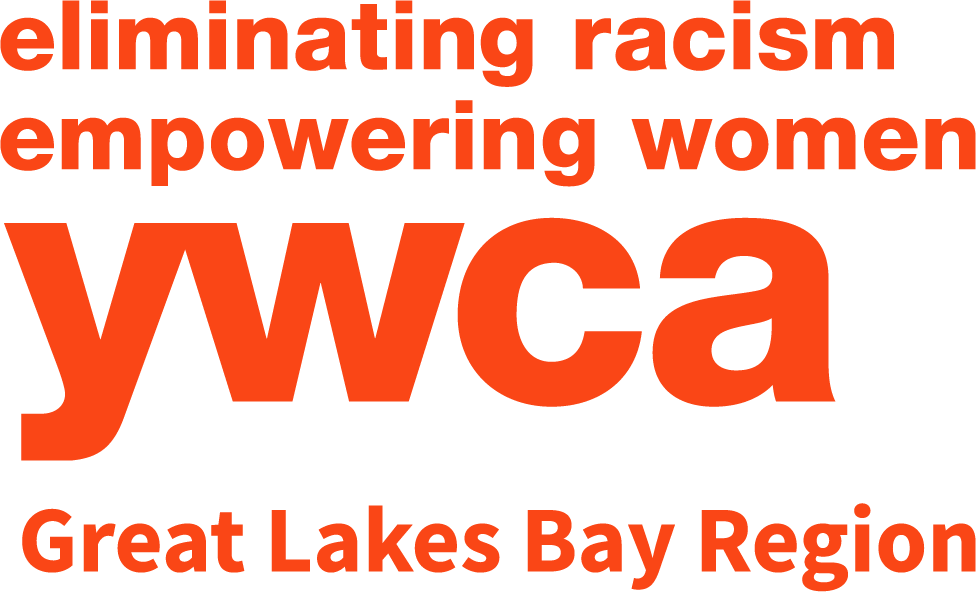Advancing Justice: YWCA’s Own Reckoning with Racial Inequity
When Dr. Dorothy Height was a little girl, growing up in Pittsburgh, Pennsylvania in the 1920s, she was denied access to the central YWCA swimming pool (bit.ly/3Iq45uc). That experience served as a catalyst to her mission to desegregate YWCAs across the nation and provide access to all women of all different backgrounds, which she accomplished first by desegregating YWCA swimming pools and gyms.
YWCA swimming pools and gym facilities were central community centers used by YWCA women and girls of all races, but they remained segregated until forerunners such as Dr. Height worked toward the inclusion of all. Through Dr. Height’s involvement with YWCA in adulthood, her goal was the inclusion of Black women and girls in the mainstream of YWCA Local Association life (bit.ly/3v56SBf). The change was met with pushback within the organization and the goal of racial inclusion was fraught with hesitancy even by the Board — which failed to vote on it for fear it would not be passed — but conscious action was undertaken to meet the moment (bit.ly/3YCaFDo).
Eventually, ‘One YWCA’ — a policy that would make YWCA move as one unit, indivisible in its path forward — took form. The Board continually encouraged the movement of “one organization” despite the segregation that continued within the network, with towns having both a central branch that served only white YWCA members as well as a Phyllis Wheatley YWCA that provided care, housing, and guidance to “colored” women and girls during the segregation period. The Board determined that “if a given association has a racial branch, it must use every device to mitigate the separateness inherent in this form of organization,” (bit.ly/3Ym6oDZ).
The YWCA Board recognized that segregation among the YWCA network, whether from law or custom, resulted in the following pitfalls:
Limited channels of communication between persons of different races,
Lack of opportunity for gaining experience of working across racial lines,
The establishment of parallel organizational structure with a consequent increase in posts,
Limitations in facilities and staff by reason of the expense involved in this parallel structure,
Unequal access to community resources, and
Exclusion of minority groups from full participation in citizenship and community organization (bit.ly/3Ym6oDZ).
It would only be once YWCA resolved to be ‘One YWCA’ that the organization could function in an efficient manner. Despite setbacks, the ideal for “One YWCA” never faltered, as leaders tackled racial segregation from within YWCA. One way this was achieved was by making the national board interracial, a goal achieved through deliberate action. Between 1920 and 1948, YWCA also worked to codify policies for racial inclusion within our Local Associations. Though implementation proved messy, these policies forever changed YWCA and set an important example leading into the civil rights movement, as the organization became one of the first in the U.S. to lead the interracial charge toward integration.
At YWCA, we know that we cannot empower all women unless we work to eliminate racism. More than 50 years after Dr. Dorothy Height introduced YWCA’s One Imperative — to eliminate racism, wherever it exists, by any means necessary — the ideal of ‘One YWCA’ continues its forward movement toward racial justice. With leaders such as Dr. Height — YWCA’s first Director of Racial Justice — who blazed the trail ahead, we look to her words as we continue our work to eliminate racism and empower women. Dr. Height once said: “If the times aren’t ripe, you have to ripen the times. We have to realize we are building a movement.” At YWCA Great Lakes Bay Region, through our current work to advance racial justice by combining programming and advocacy to generate institutional change, we are proud to continue building upon Dr. Height’s legacy of racial justice — Until Justice Just Is.
